Beauregard Ajax interview
One of the best American psych gems Shadoks ever laid their hands on. The album was recorded in April 1968 at Western Sound Recorders L.A. for a famous surf label, but was never released.
How did it all started?
Leo Hartshorn: David Ferguson (singer, songwriter, guitarist) and John Boutell (rhythm guitar) and later Clint Williams (bass) were originally part of a group called “The Poets” in 1966 in Oxnard, California (near Malibu and home of the Dartells- Hot Pastrami) where we grew up. Charlie Hendricks (singer, songwriter, recorder player) was added in 1967, along with myself, through a high school friend, Patrick Landreville (singer, songwriter, bassist). I was 18 and a senior in high school.
Not only did we start out playing 60’s music, like Jefferson Airplane, Beau Brummels, Kinks, Mamas and Papas, more soft rock stuff, but David and Charlie were also writing original music. I believe they were influenced by the “British invasion” in the US, but more specifically by the Beatles songwriting. If you listen carefully to the recordings you can hear David, from Southern California, faking a British accent! We played a lot of local gigs and became noticed when we came in second in a county wide Battle of the Bands, although we had the most original music!
What bands were you a member of prior to the formation of Beauregard Ajax?
I had previously played in several local high school Rock groups; the Vibratones (1963-Surf music, 14 years old), the Agents (1964-65-Pop music), and Soul Five (1965-66- R&B and Soul music). No recordings were made by these local groups. These groups were fun, learning opportunities, and helped develop my drumming licks.
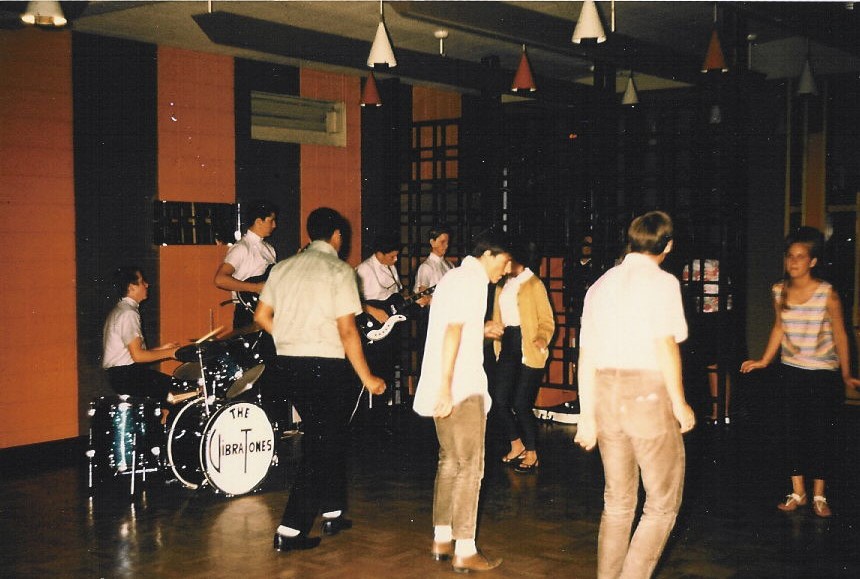
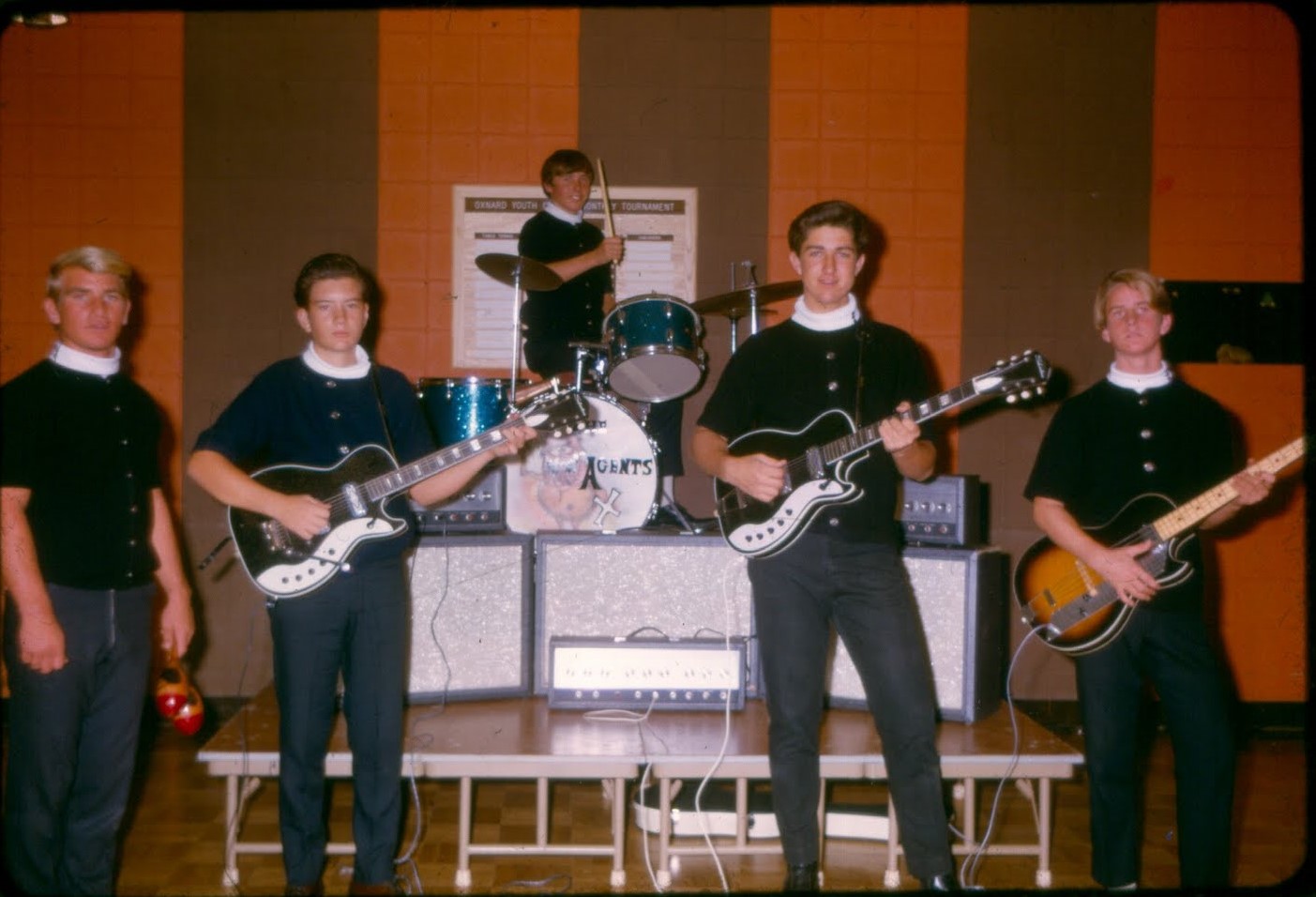
What influenced you to record Deaf Priscilla in 1968?
In 1968 there was no “Deaf Priscilla” (Shadoks Records gave it the name from one of our songs) only the masters we recorded with record producer Bob Keane (Ritchie Valens, Bobby Fuller Four, Barry White, early Frank Zappa). Charlie had dubbed our group “The Dumplings,” a name everyone else in the group detested. The group became popular in Ventura County, California and picked up a promoter in Jim Salzer, who got us gigs at the Starlight Ballroom, a local venue for some well known Rock groups, and booking on the same bill as the Byrds! (“Mr. Tambourine Man”).
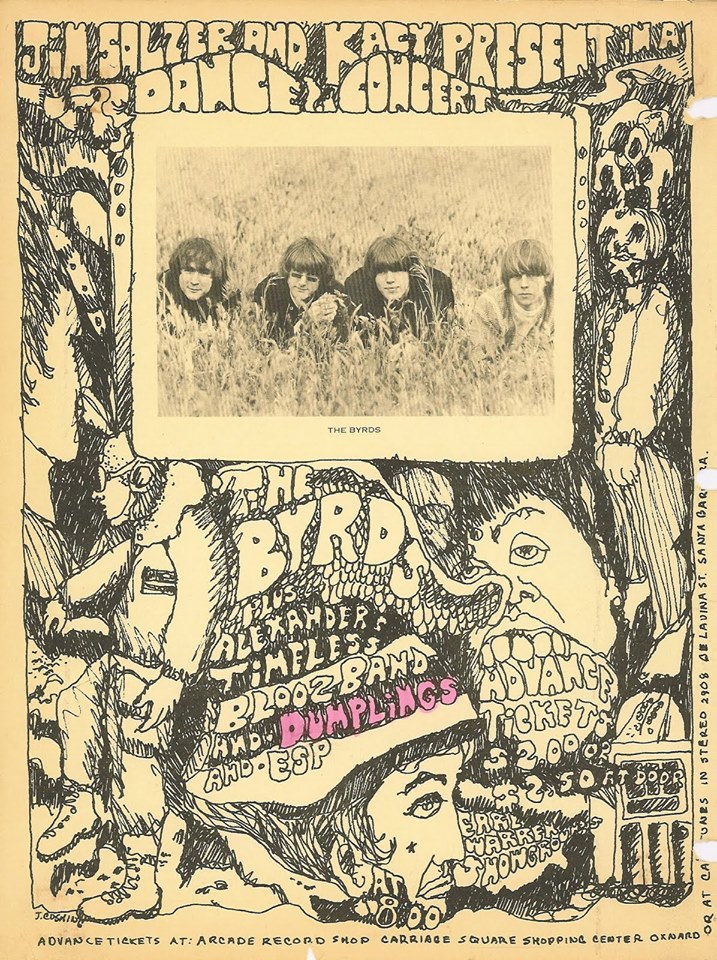
Patrick Landreville, who first introduced me to the group and is still a friend after 48 years, had lived near Bob Keane and knew the Valenzuela family (Keane suggested the name change to Valens). He set the group up to record with Keane at Del-Fi. David Ferguson and Charlie Hendricks had written enough songs to record an album of original music. The band moved into an apartment together in L.A. in 1968 to begin recording our music at Stereo-Fi studio near Vine Street in Hollywood. I was studying art at Los Angeles City College and recording or playing gigs in the evenings.
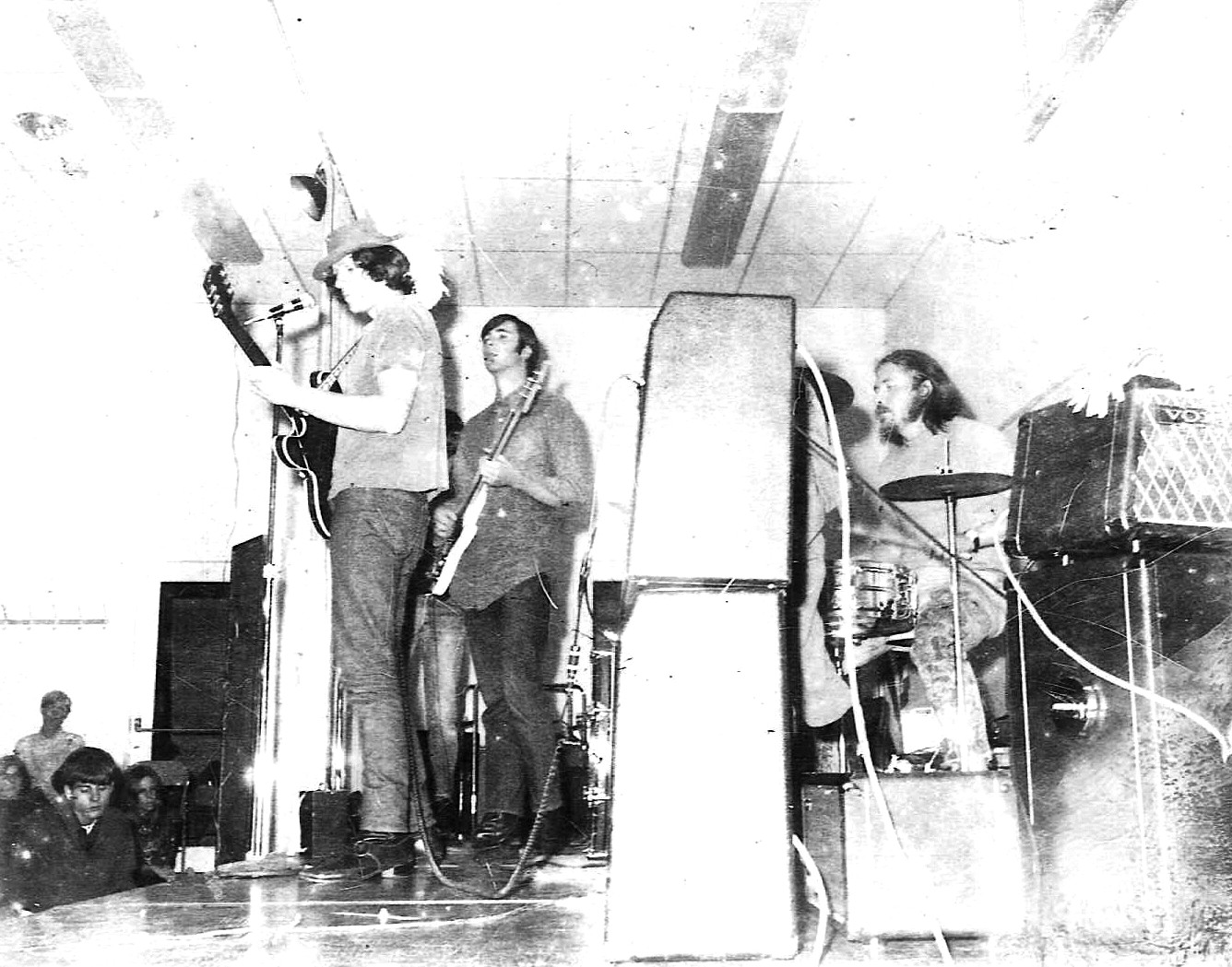
Please share your recollections of the sessions.
Keane’s studio had a Scully Dictaphone eight track recorder, which was state of the art at the time. I remember the long hours after college classes going to the studio to lay down tracks into the late hours of the evening. All the instruments were recorded from separate places within the studio while listening to each other over headphones. Voices were layered to create richer harmonies and a thicker sound. The recordings Shadoks came across in Europe and reproduced were copied demos and not from the master recordings, which were much deeper and richer in quality. Shadoks included other slightly different recordings of the same songs, an indication that these are not the final masters of a finished project. Those master tapes are probably in some dusty vault somewhere now owned by Warner Music Group.
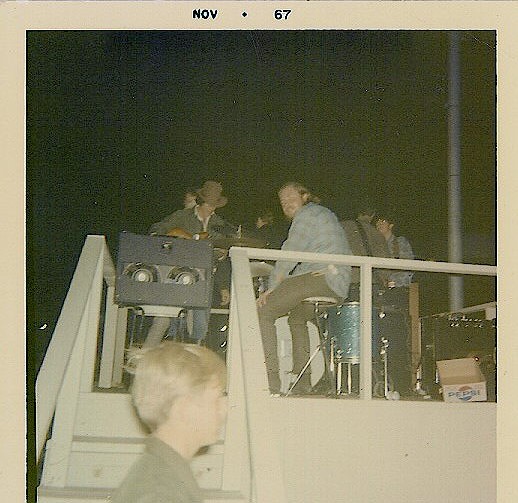
Did you choose the cover artwork?
The artwork is a product of Shadoks Records, since there was no finished album in 1968, only master recordings. I was told the artwork with the innocent young girl with cat eyes reflected the dark undertones of the song “Deaf Priscilla”. Beauregard Ajax was just an odd name of a person that Patrick Landreville created. By the end of our time recording we had again changed our name to “Sleep.”
What happened next?
The masters were almost completed, except for adding strings, other background instruments, and fine tuning the mix when Keane broke with his partner at Stereo-Fi studio. The group broke up at the end of 1968 and so the final recordings were never released, until Shadoks took a chance and released some second hand recordings about 35 years later!
“Our concerts included the typical 60’s psychedelic experience of strobe lights, colored gel projections, dry ice smoke, etc.”
How far was the band’s touring territory?
Beauregard Ajax never toured, but mostly played in the Los Angeles area at the major Rock Clubs of the 60’s like the Troubadour, Gazarri’s on Sunset Strip, the Whisky A Go-Go, and numerous concerts and clubs around L.A. One memorable place we played was for the Hell’s Angels in a desert shack! They fed us barbecued chicken, treated us nice, and waited to get into a big brawl until after we left! Our concerts included the typical 60’s psychedelic experience of strobe lights, colored gel projections, dry ice smoke, etc. I found playing drums to strobe lights a bit dis-concerting! But, the scene was still far out, man!
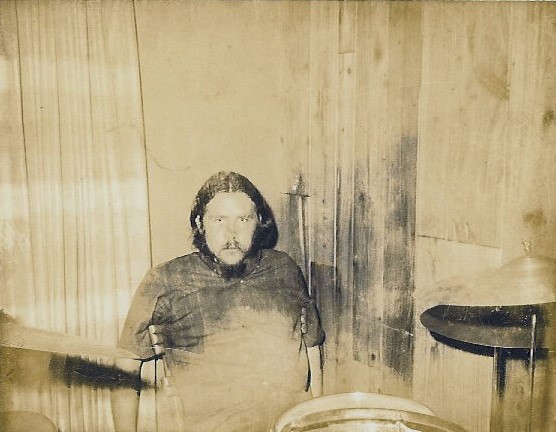
Are you still in contact with other members of the band?
I still have occasional contact with John Boutell (Blues Stew, South City Blues Band), and after 45 years this year reconnected with Zac (Charlie) Hendricks through Facebook, after he became part of the Children of God movement back in 1969!
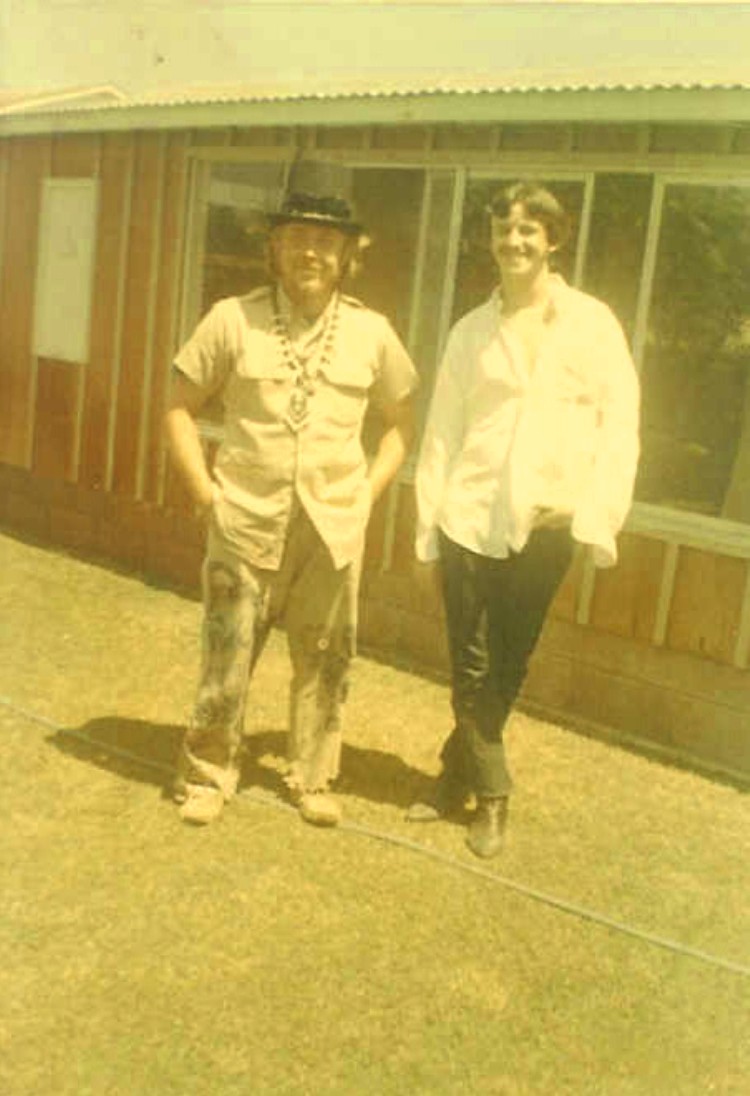
What did you do after Beauregard Ajax?
After the group broke up I auditioned for the former bass player for Steppenwolf, but soon was contacted by bassist Clint Williams about playing with another group called Middle Earth, a heavy Blues-influenced group. This group had as its lead guitarist a young Bill Conners (18 years old), who later played with Chick Corea’s Return to Forever and is now a recognized and accomplished jazz guitarist. Even at such a young age Conners was an amazing guitarist! He could play blues as good or better than Clapton himself! Rock and blues were too simple, so he became a pioneer guitarist in Jazz fusion.
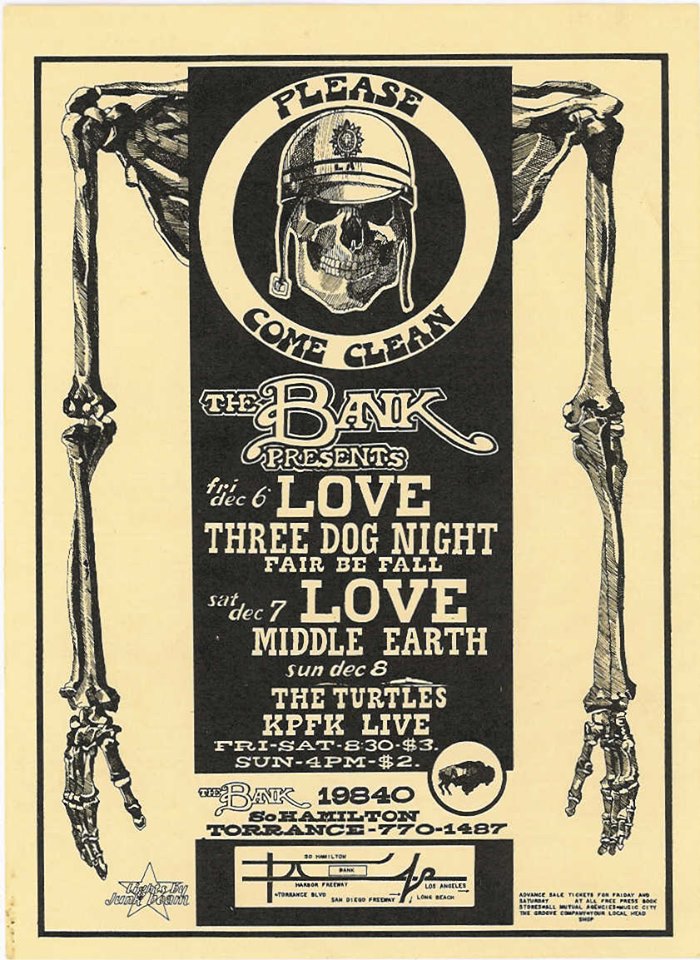
In 1969 I was drafted into the US Army during the Vietnam War. I went in as a conscientious objector, was trained as a medic, and worked at a military base pharmacy in Augusta, Georgia. While there I auditioned for a temporary assignment with the Third Army Soldier Show, a racially integrated show that toured the South playing pop music and Broadway show tunes! I was permanently assigned to the unit and did 5-6 shows from 1970-71. After the Army I played mostly for churches, in that I became a Christian minister in 1973.
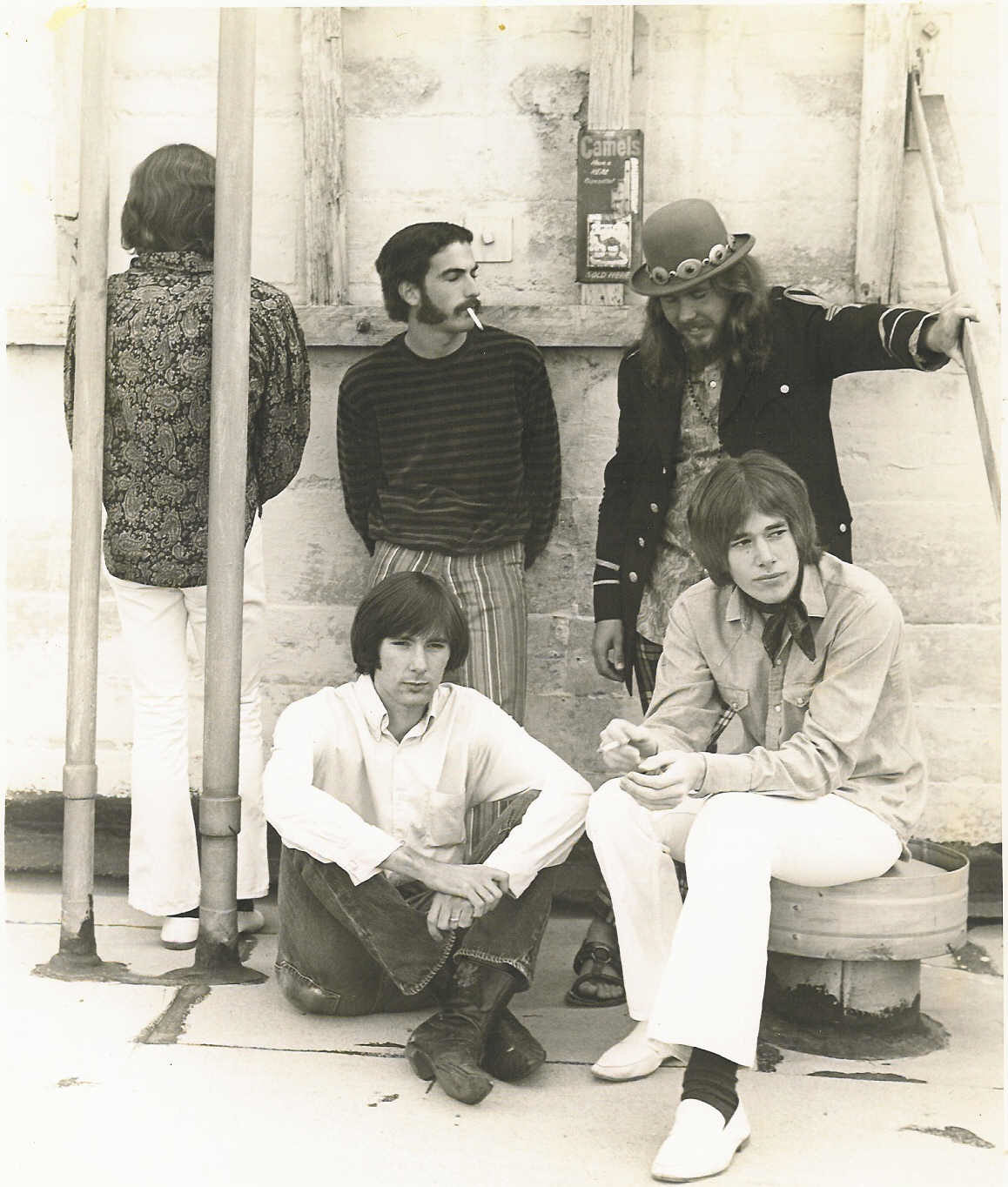
In 2004, when I became Minister of Peace and Justice for Mennonite Church USA, I co-founded Drumming for Peace, an organization that teaches and witnesses for peace through drumming, rhythm and storytelling. I led a hand drumming group in Lancaster, Pennsylvania called Commit No Violence that supported local peace efforts with drumming (we got to play for Nobel Peace Prize recipient Archbishop Desmond Tutu), taught a credited Sacred Drumming class at Lancaster Theological Seminary (where I received my doctorate; my dissertation), and taught peace principles, like cooperation, embracing diversity, listening skills, etc., using plastic buckets and drum sticks in a program called Joyful Noise at churches, schools, colleges, universities, conferences, retreats across the United States for 7 years! See more here.
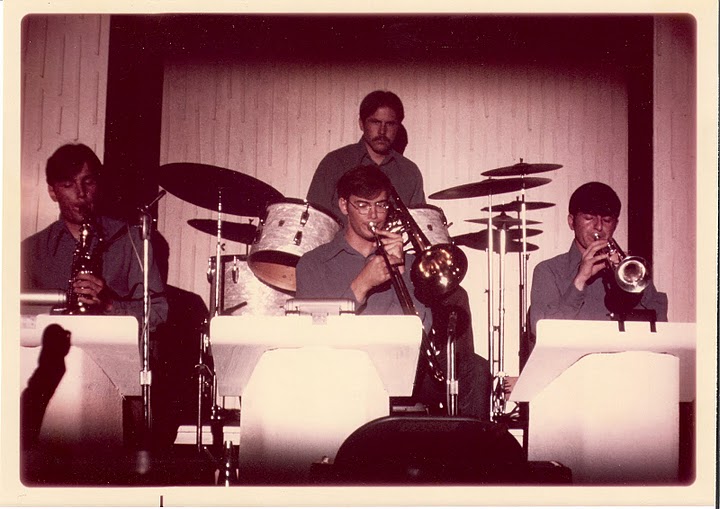
What are you doing these days?
Currently I am living in Portland, Oregon, USA raising a 7 year old grandson, semi-retired from 38 years of Christian ministry, occasionally teaching Anabaptist history and theology and conversational preaching, writing for publication, blogging, occasionally doing my drumming program, mostly doing artwork.
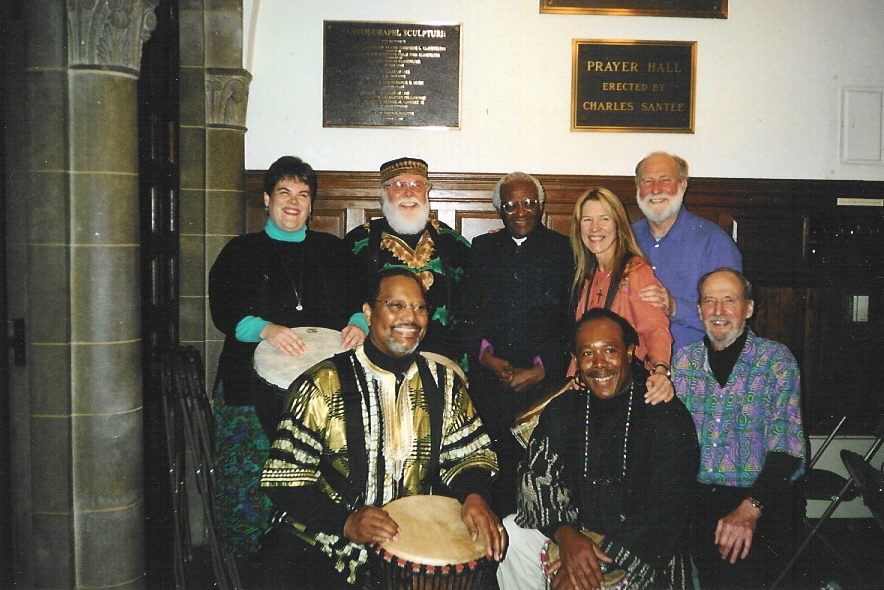
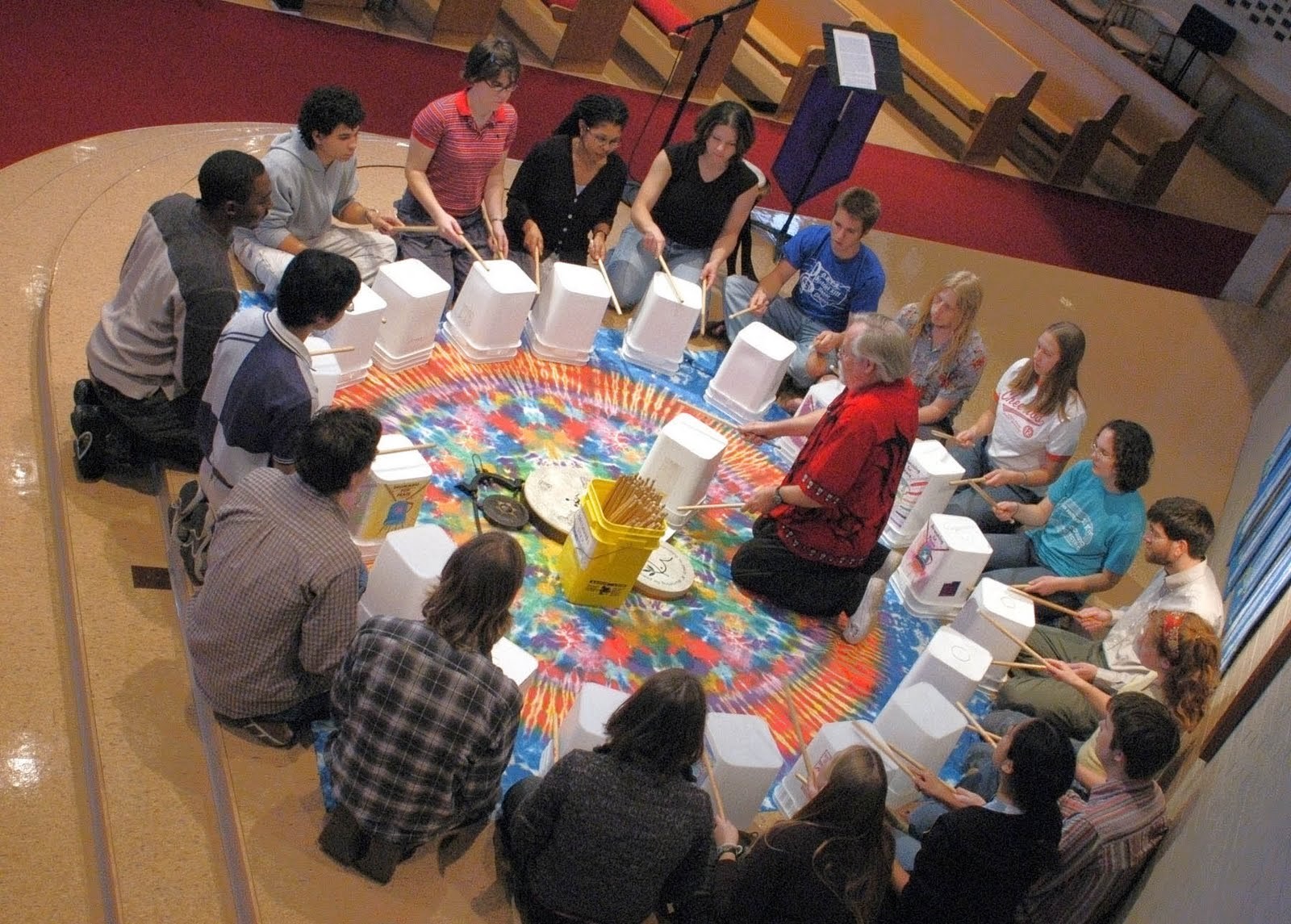
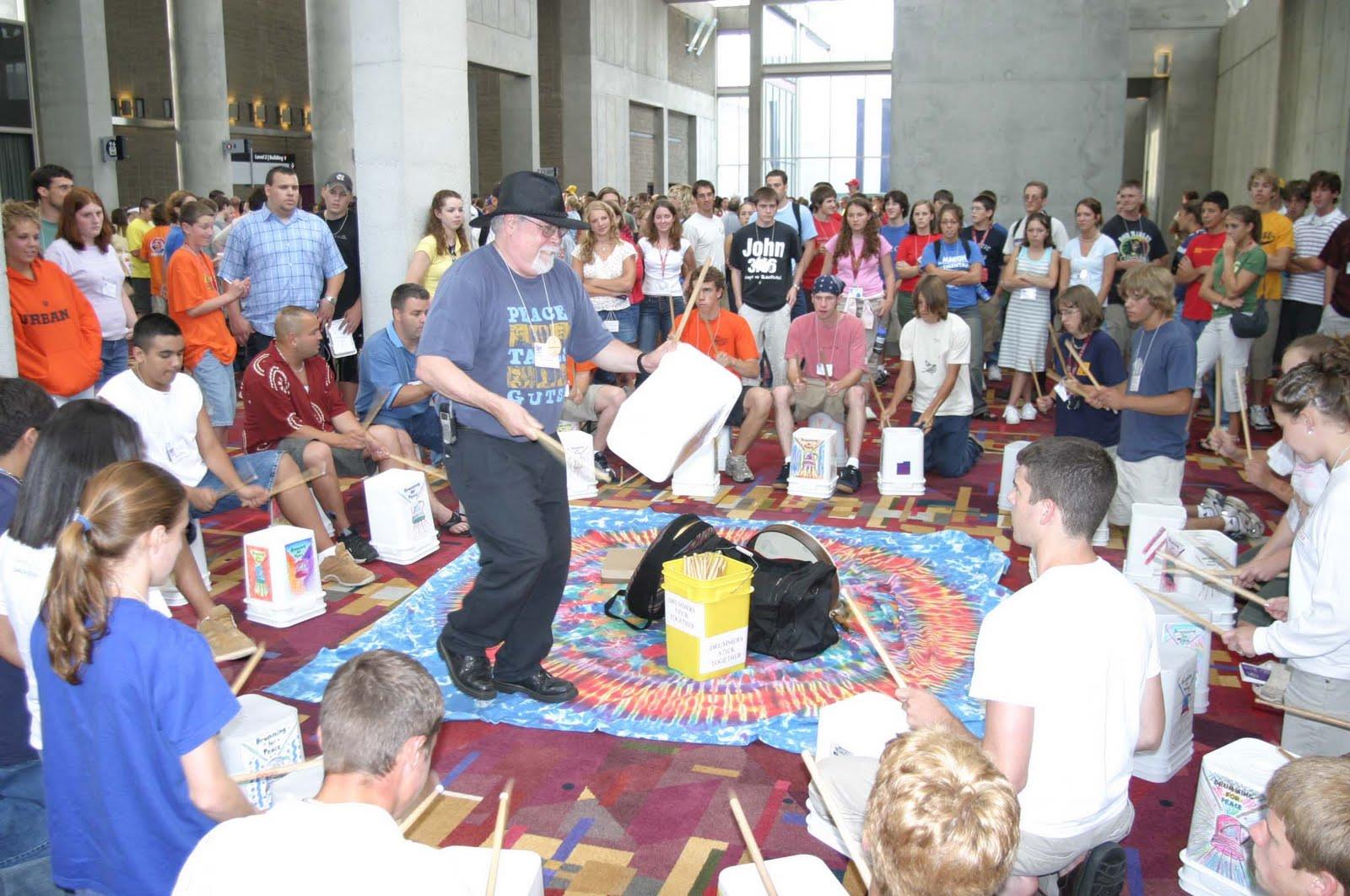
Thank you for taking your time. Last word is yours.
Just to say that I am glad that even though I nor other members of the band have received a cent from the music we recorded 43 years ago, I am glad the music we created as young men in the 60’s in L.A. has finally reached a world wide audience and a younger generation that appreciates it! When I listen to the music I remember old friends, the many experiences I had living in L.A., and a time in my life of hopes and aspirations for the future.
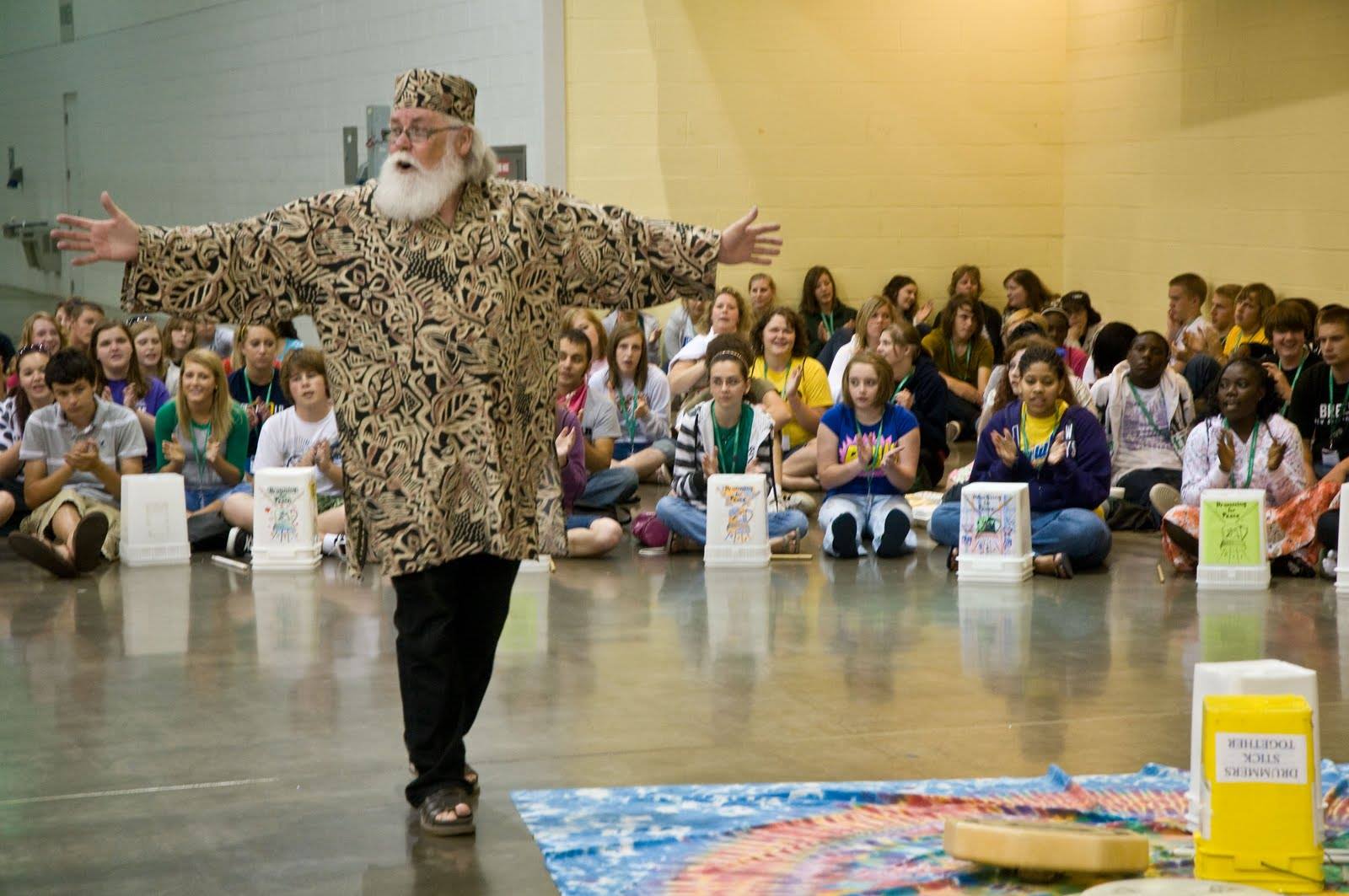
Peace,
Rev. Dr. Leo Hartshorn
– Klemen Breznikar
A Different Drummer
Drumming for Peace
leosart




Thanks for posting the interview.
A good set of questions, and
Leo provided a nice detailed
answers. I thank you both.
I enjoyed the Beauregard Ajax
album, so it is nice to read
a little more about the band
history than what was in the
Shadoks cd liner notes.
Scott.